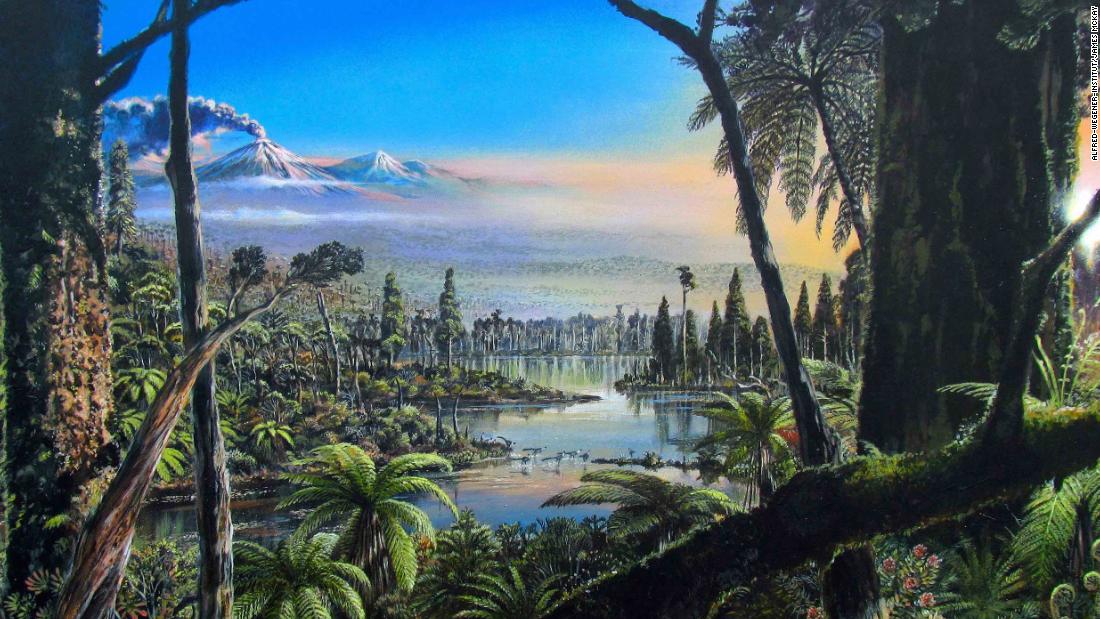- Joined
- Dec 11, 2018
- Messages
- 1,237
- Trophies
- 0
CT scans of the sediment core revealed pristine samples of forest soil, pollen, spores and even root systems so well preserved that they could identify cell structures. The soil included examples of pollen from the first flowering plants found this close to the South Pole.
Scientists know that during the age of the dinosaurs, conditions were warmer. The mid-Cretaceous era, from 80 million to 115 million years ago, was the warmest period for Earth in the past 140 million years, the researchers said. The surface of the sea likely reached 95 degrees Fahrenheit in tropical areas. And the sea level was 558 feet higher than it is now
The average daytime temperature was 53 degrees Fahrenheit. While that sounds mild to us, this is incredibly warm for a location near the South Pole, where current daytime temperatures hover between negative 76 degrees to 14 degrees Fahrenheit.
The Antarctic ice sheet didn't exist at the time. River and swamp temperatures were likely around 68 degrees Fahrenheit. And the Antarctic summer temperature was likely around 66 degrees Fahrenheit. They estimate rainfall reached about 97 inches per year -- about the same as Wales today.
We now know that there could easily be four straight months without sunlight in the Cretaceous. But because the carbon dioxide concentration was so high, the climate around the South Pole was nevertheless temperate, without ice masses,"

Evidence of ancient rainforests found in Antarctica
Researchers have discovered evidence that Antarctica had a swampy rainforest 90,000 years ago thanks to sediment cores filled with pristine soil and root systems that preserved the plant cells.